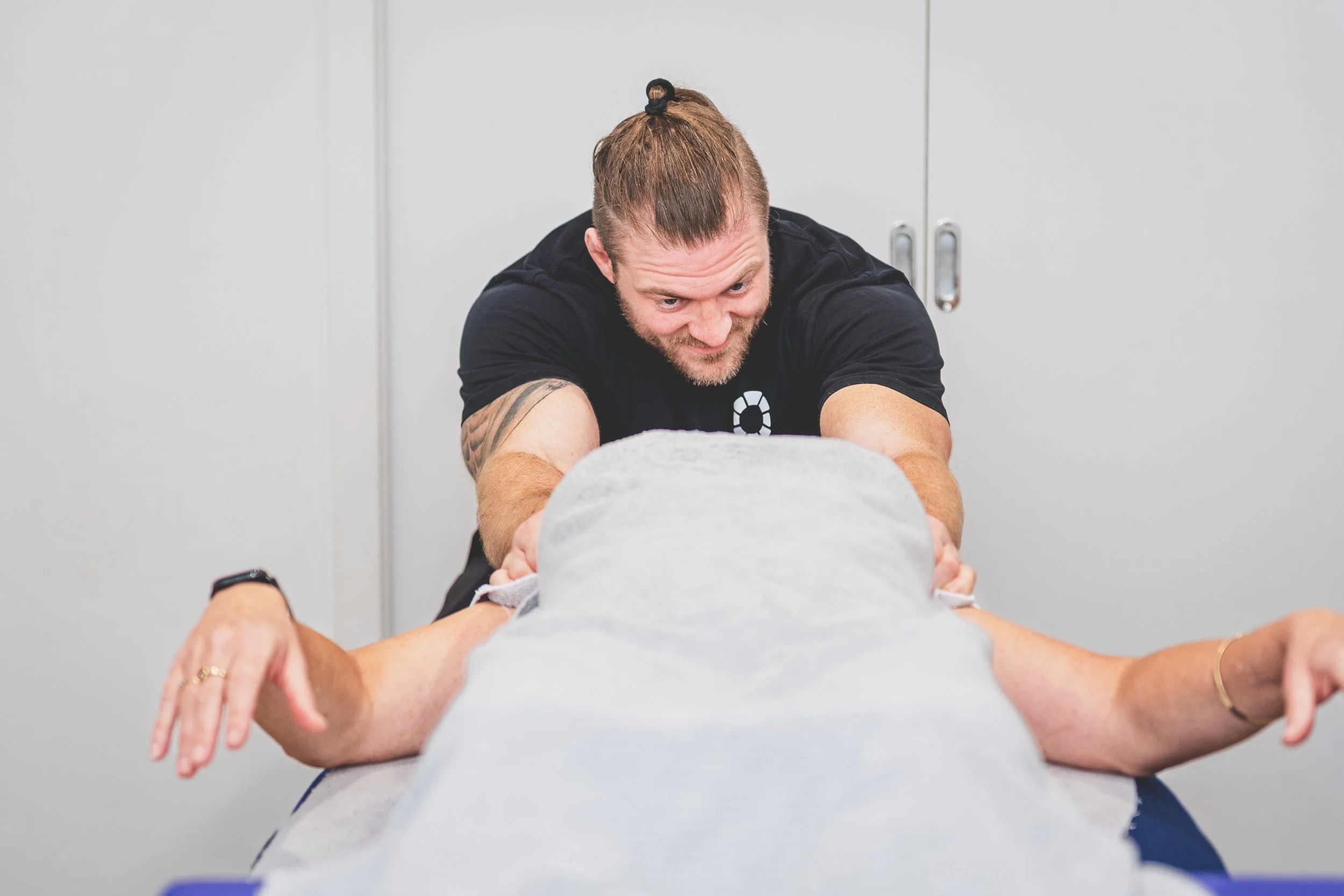The Science Behind Remedial Massage Techniques
You might think massage is all about “feeling better,” but there’s a lot more going on under the surface. At Mixed Osteo Kensington, our therapists use evidence-based techniques rooted in real anatomy and physiology to help your body function at its best.
Key Physiological Effects of Massage
1. Nervous System Reset
Massage stimulates the parasympathetic nervous system, reducing cortisol (the stress hormone) and calming your body into “rest and digest” mode.
2. Circulation & Lymphatic Boost
The physical manipulation of soft tissues enhances blood flow and lymphatic drainage—removing waste products and speeding up nutrient delivery.
3. Tissue & Fascia Release
Deep tissue work and myofascial release help reorganise collagen fibres, break down scar tissue, and restore soft tissue glide.
4. Chemical & Hormonal Benefits
Massage promotes the release of serotonin, dopamine, and endorphins—all of which support mood, pain reduction, and healing.
What This Means for You
Faster muscle recovery
Improved joint mobility
Reduced pain and inflammation
Better mental clarity and sleep quality
Our therapists match your treatment to your physiology—so you get results that are both felt and measurable.
Final Thoughts
Remedial massage is more than just hands-on care—it’s a physiological tune-up for your entire system. When done right, it’s one of the most powerful tools for recovery, performance and prevention.


